The first United States patent for a rock crushing machine was in 1830. Its key technology was the drop hammer concept, found in the well-known stamp mill, which would be repeatedly linked to the golden age of mining. Ten years later, another U.S. patent was issued to an impact crusher. The primitive impact crusher was made up of a wooden box and a cylindrical wooden drum, with iron hammers fastened to it. While both of these patents were granted, neither creator ever marketed their inventions.
Eli Whitney Blake invented, patented, and sold the first actual rock crusher in 1858; it was known as the Blake Jaw Crusher. Blake’s crusher was so influential that today’s models are still compared to his original designs. This is because the Blake Jaw Crusher integrated a key mechanical principle—the toggle linkage—a concept students of mechanics are familiar with.
In 1881, Philetus W. Gates received a U.S. patent for his device featuring the basic ideas of today’s gyratory crushers. In 1883, Mr. Blake challenged Mr. Gates to crush 9 cubic yards of stone in a contest to see which crusher would finish the job faster. The Gates crusher completed the task 40 minutes sooner!
The Gates’ gyratory crushers were preferred by the mining industry for almost two decades until the turn of the century, circa 1910, when Blake’s jaw crushers saw a resurgence in popularity. The demand for large jaw crushers skyrocketed as the industry began to understand their potential as primary crushers in rock quarries. Through Thomas A. Edison’s research and development, giant machines were innovated and placed around the United States. Smaller-sized jaw crushers were also developed as secondary and tertiary crushers.
Edison’s studies within the field of mining and crushing left a legacy that forever improved how large rocks and materials are reduced.
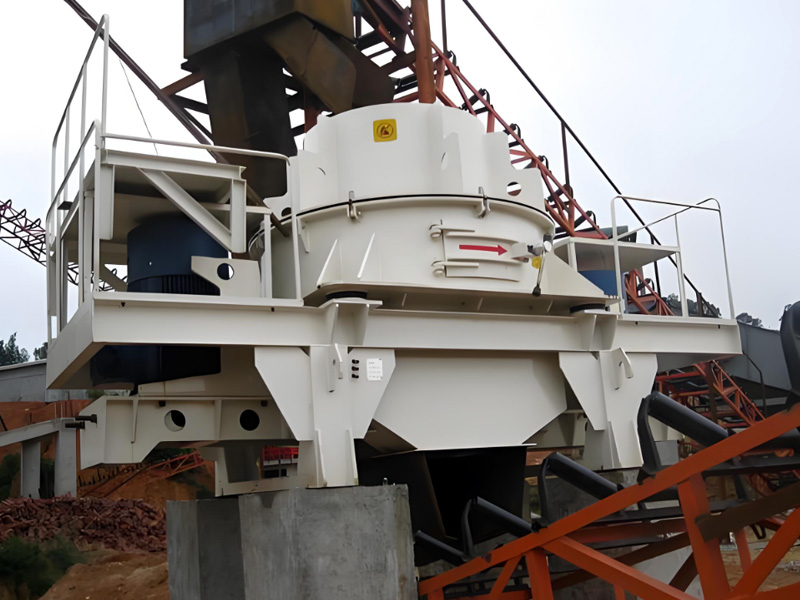

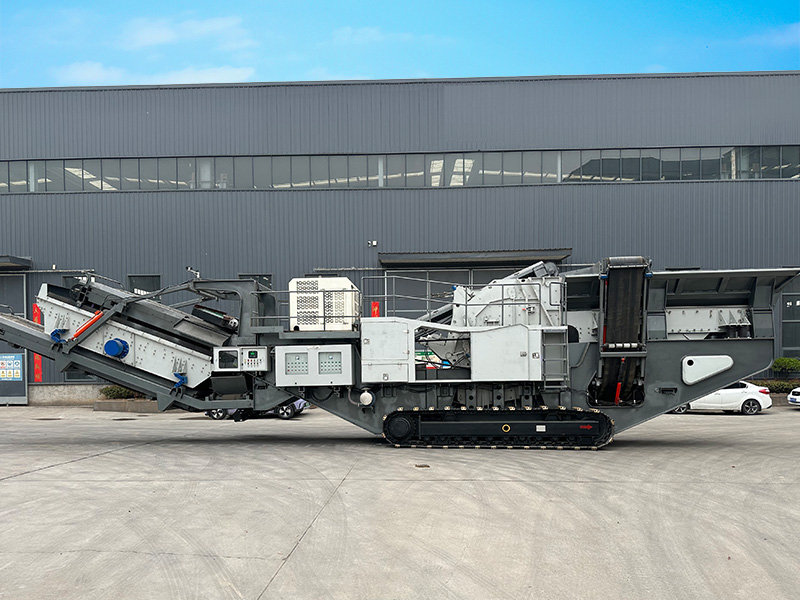
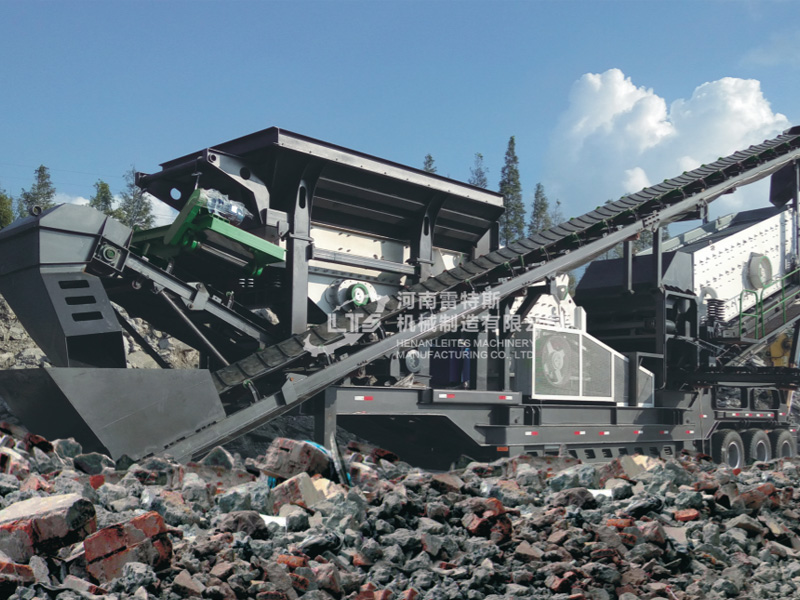
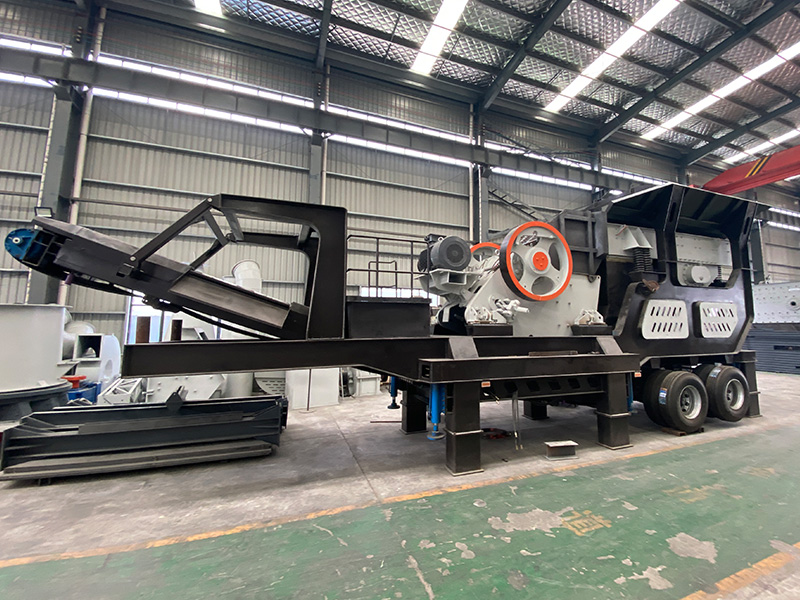


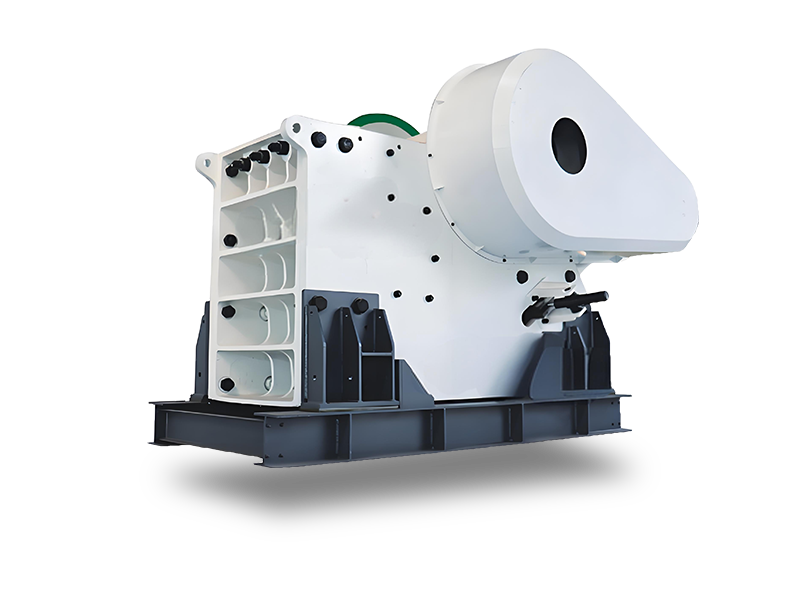
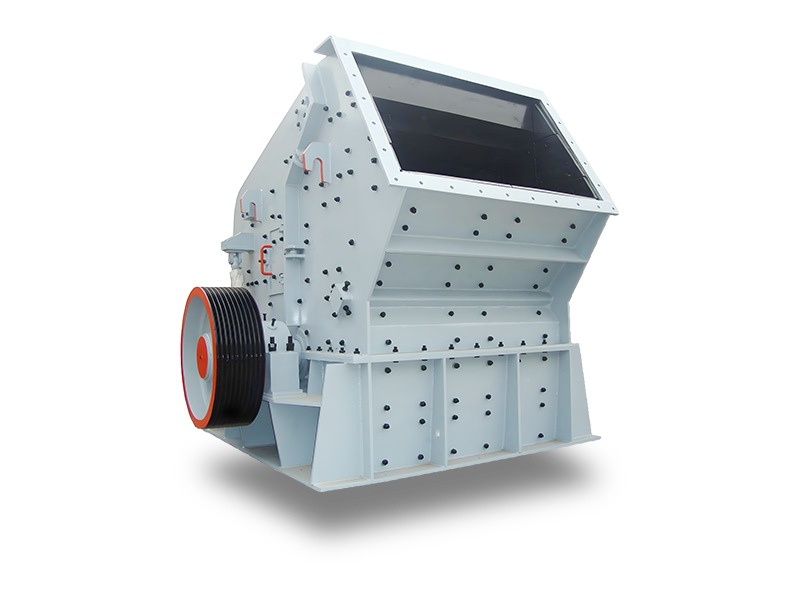
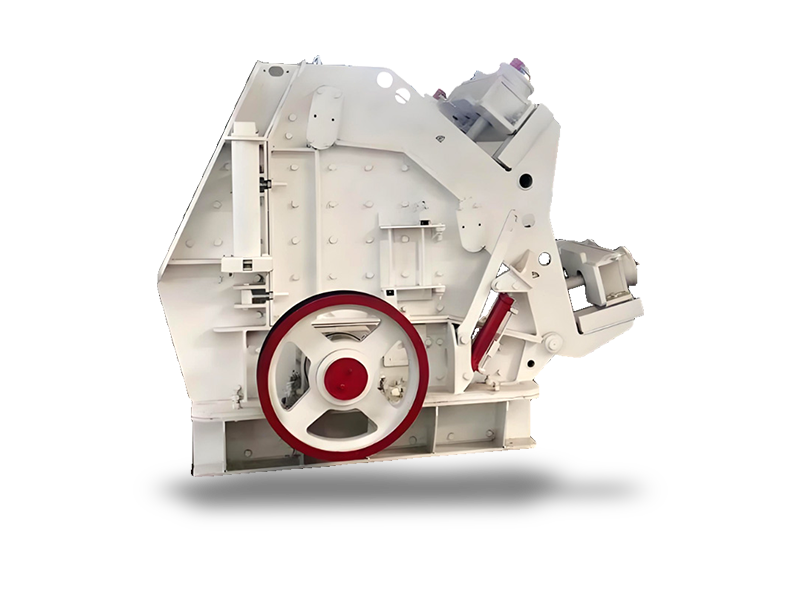
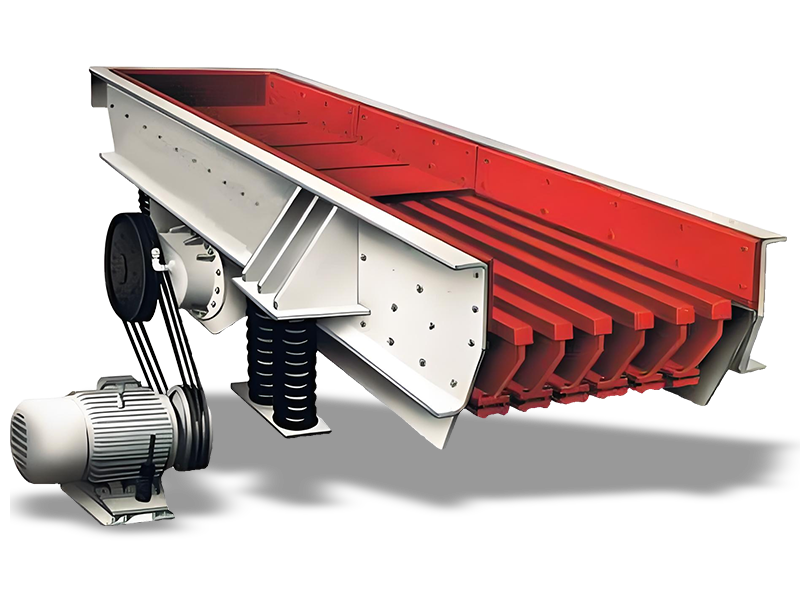
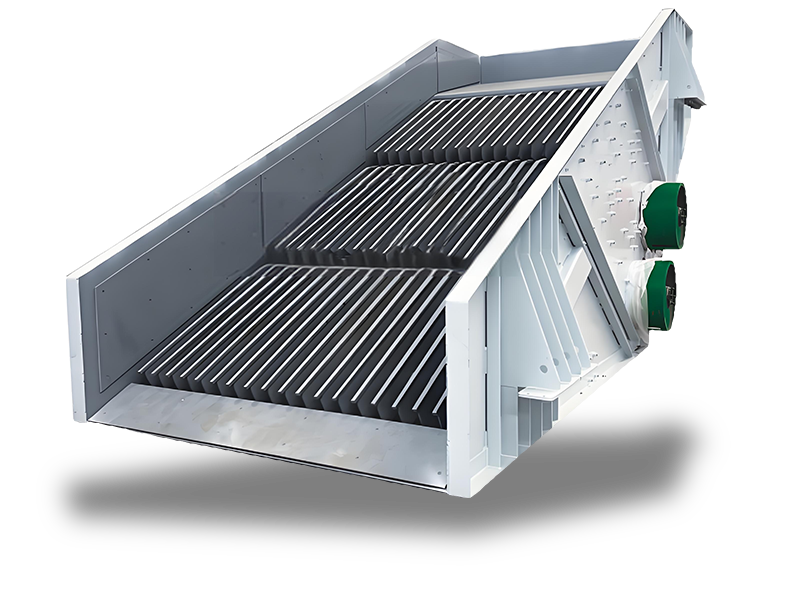
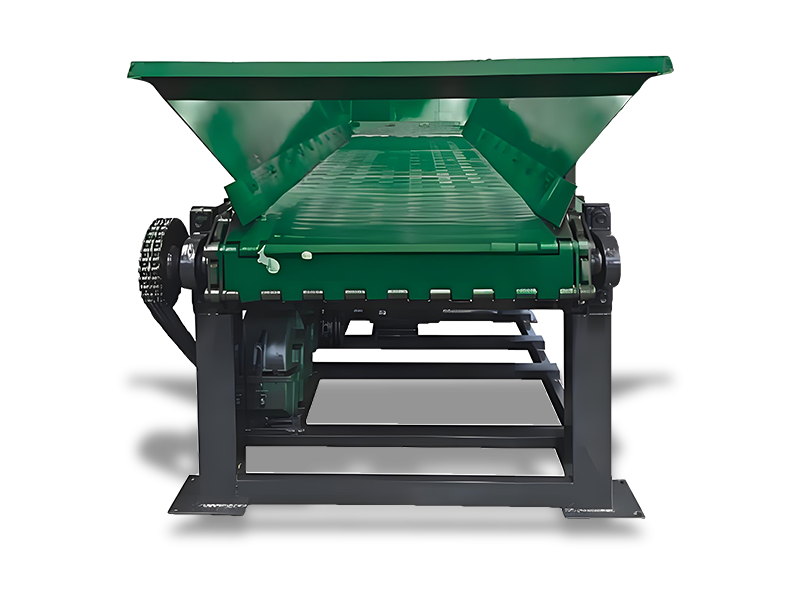
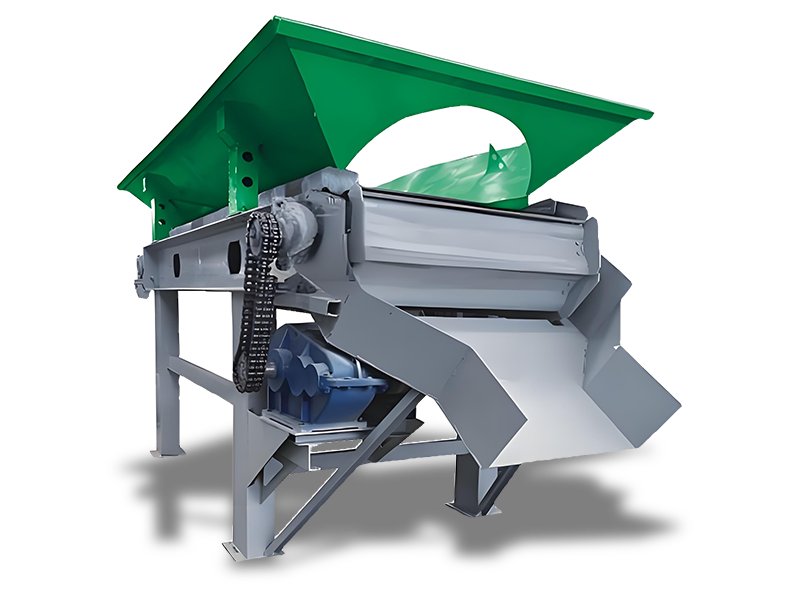
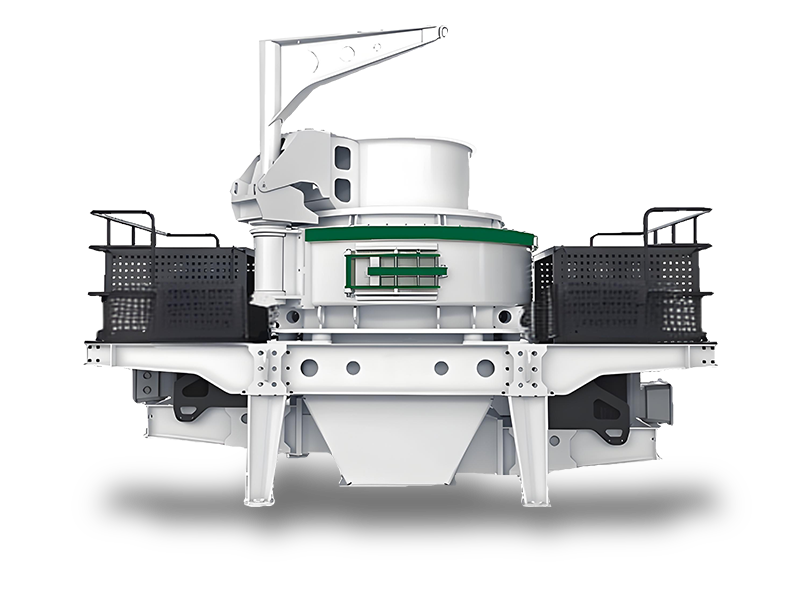
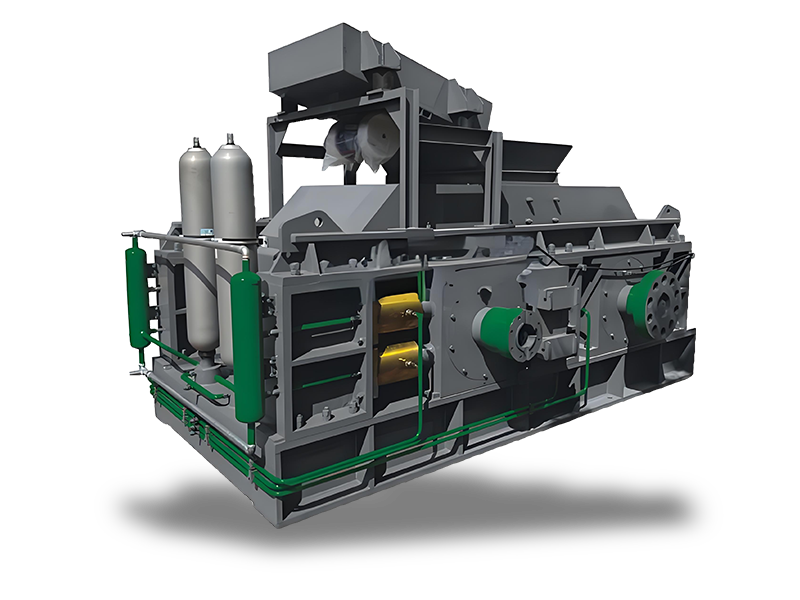
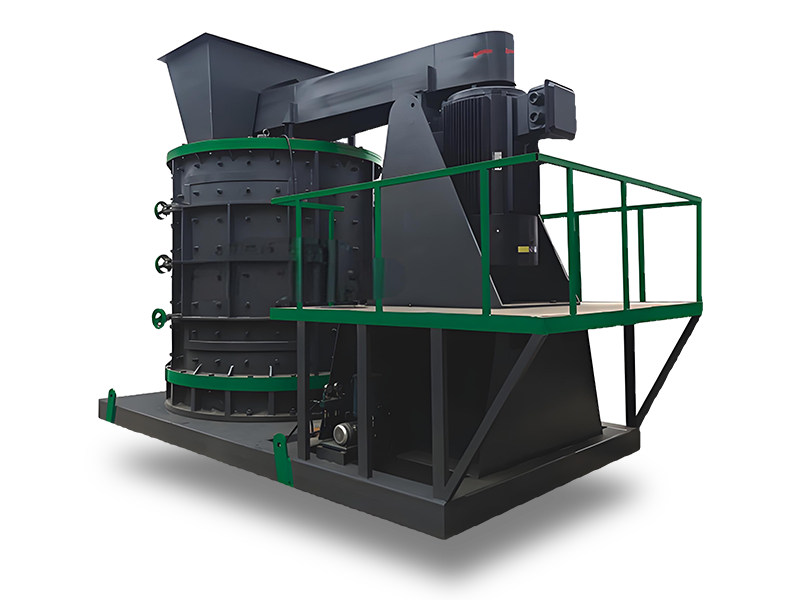


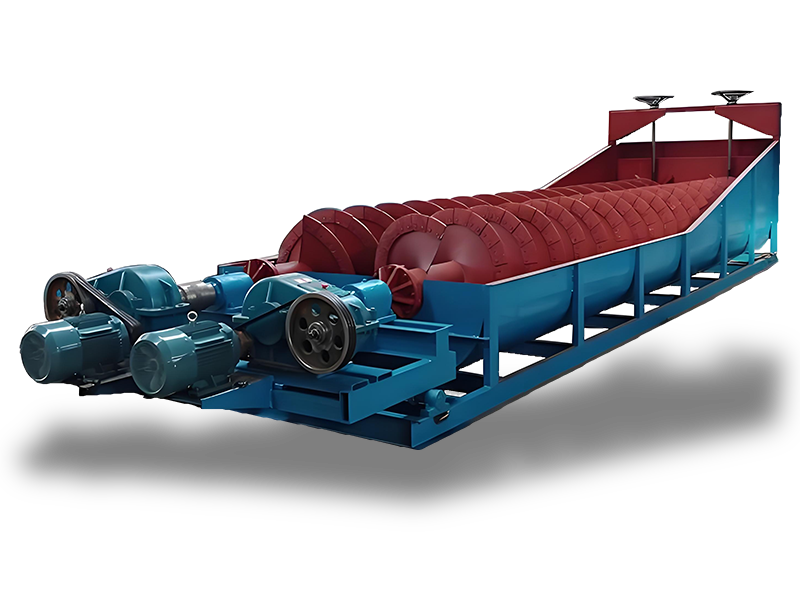

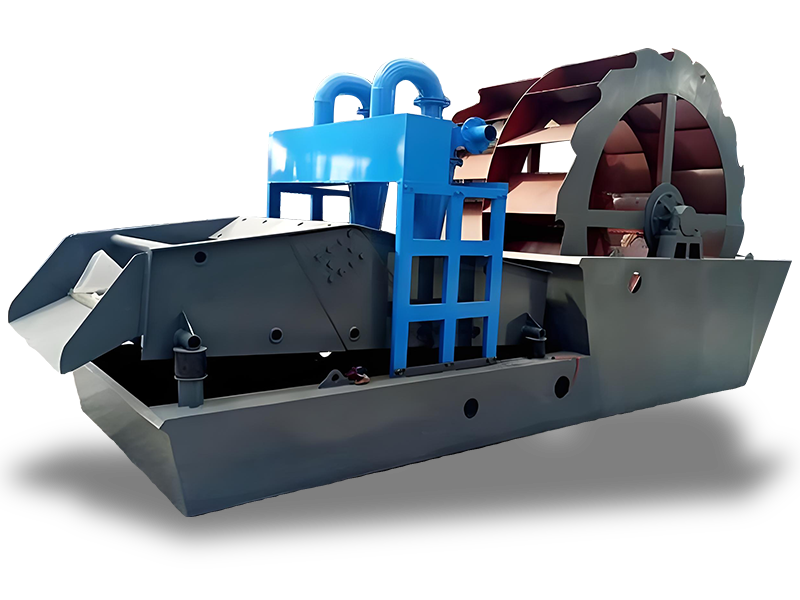
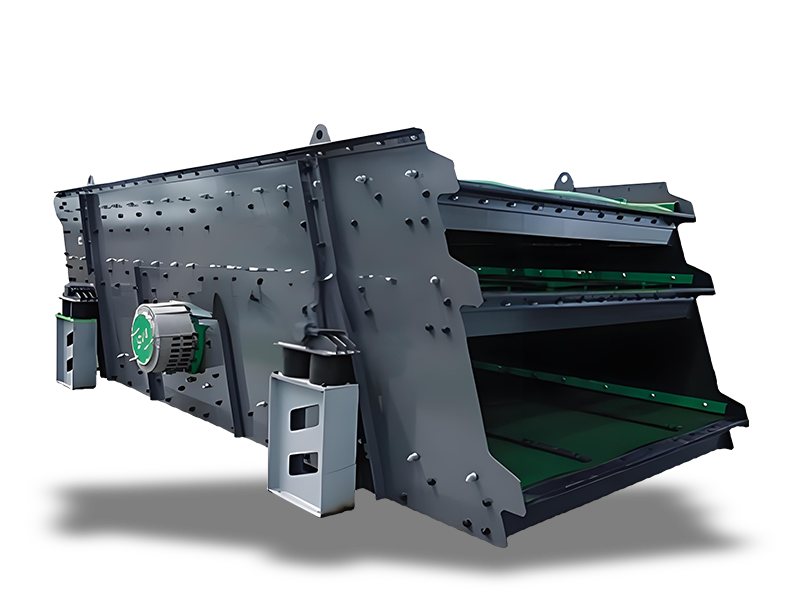
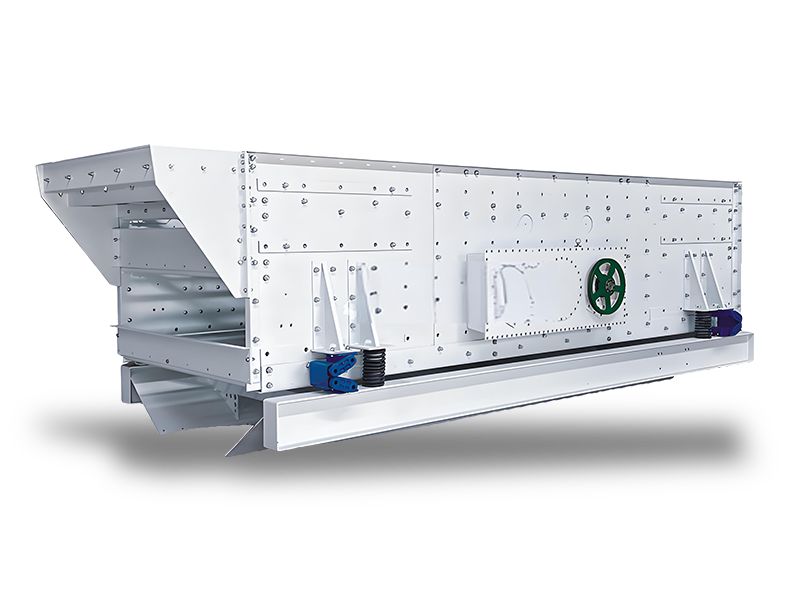
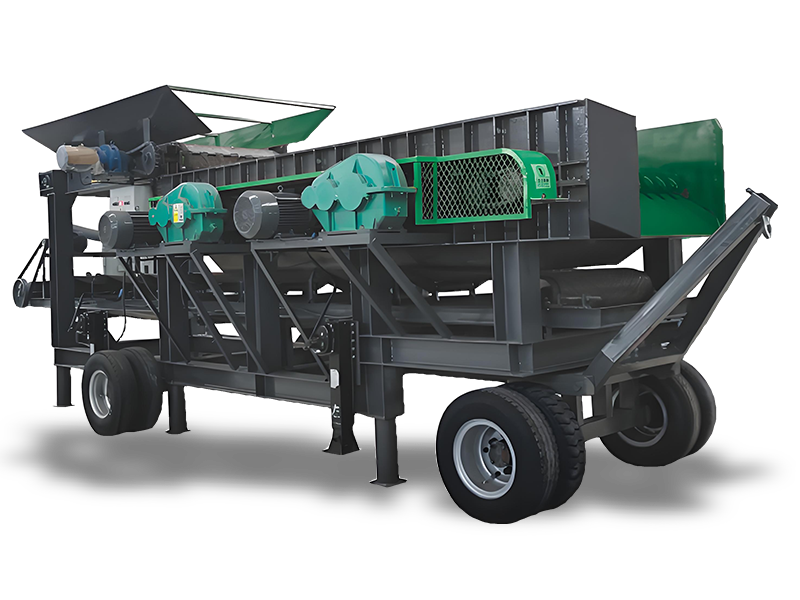
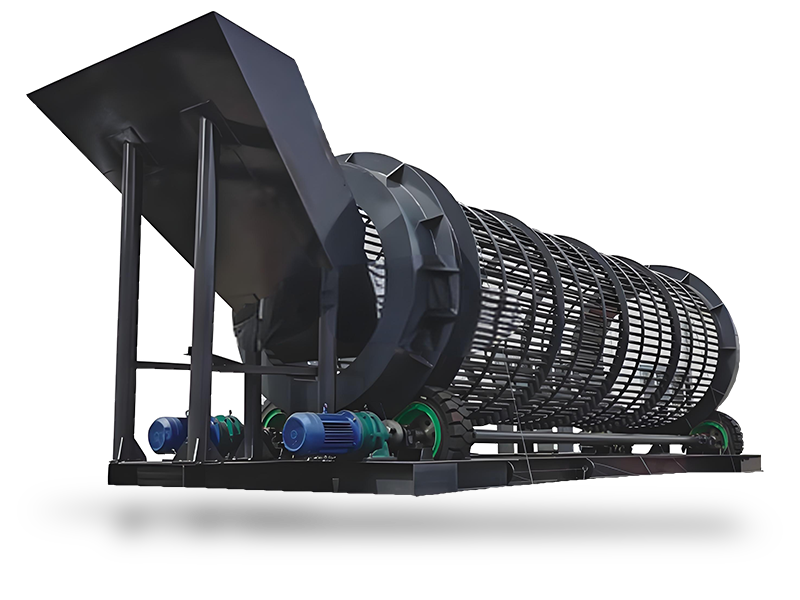
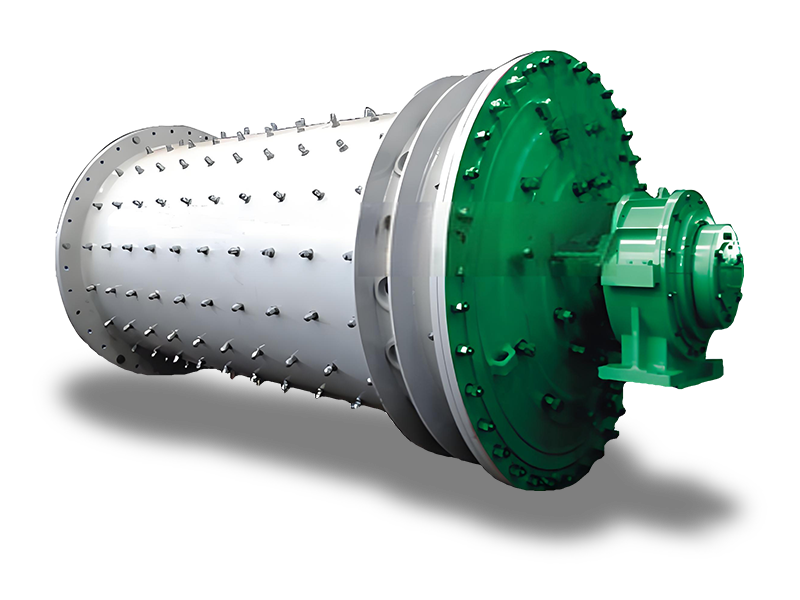
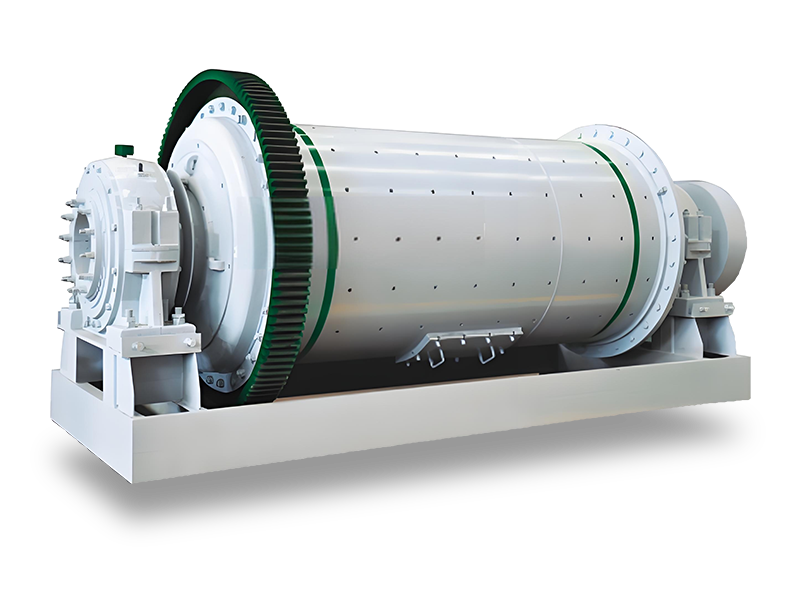
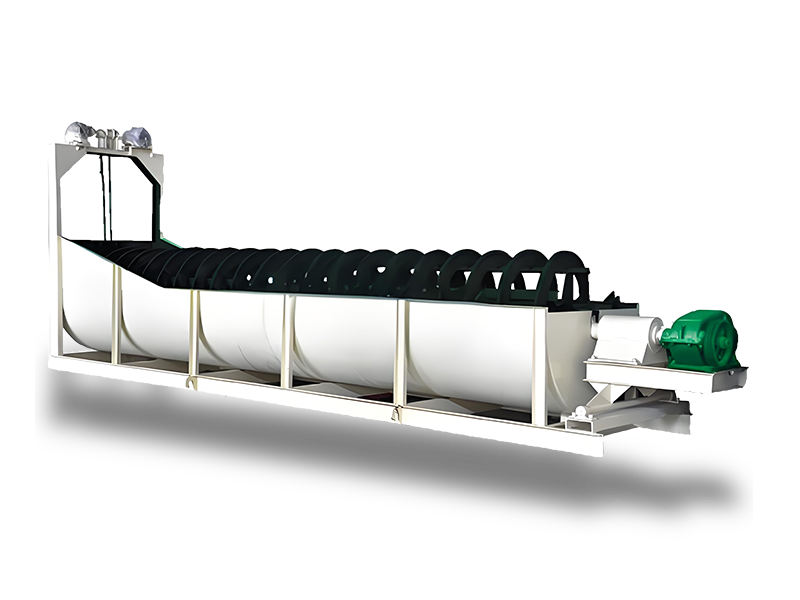
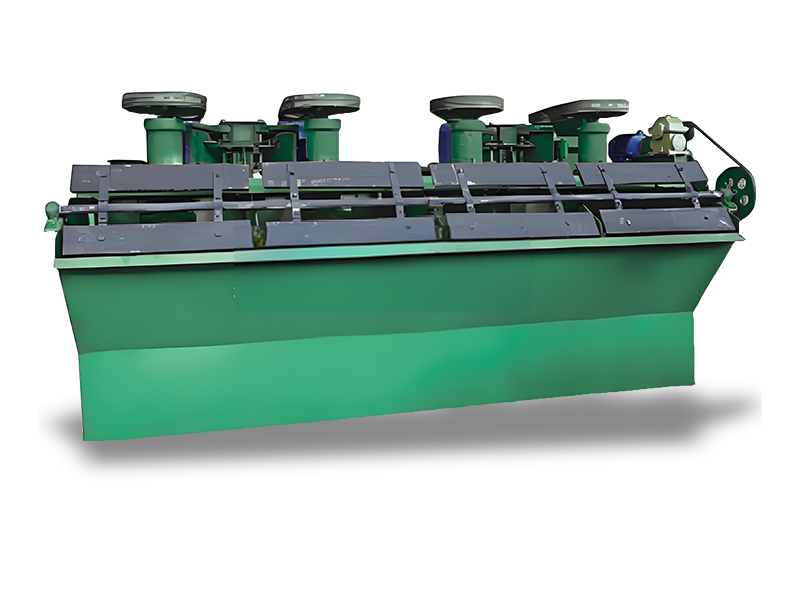
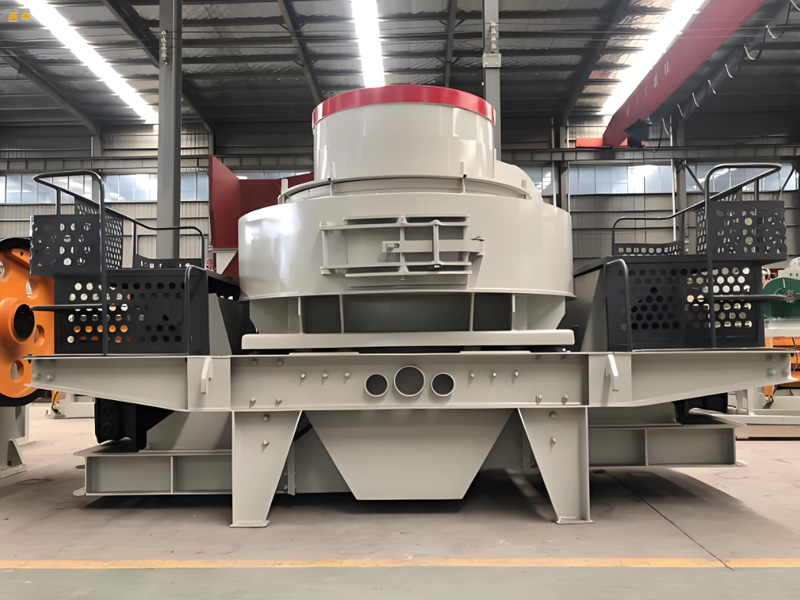
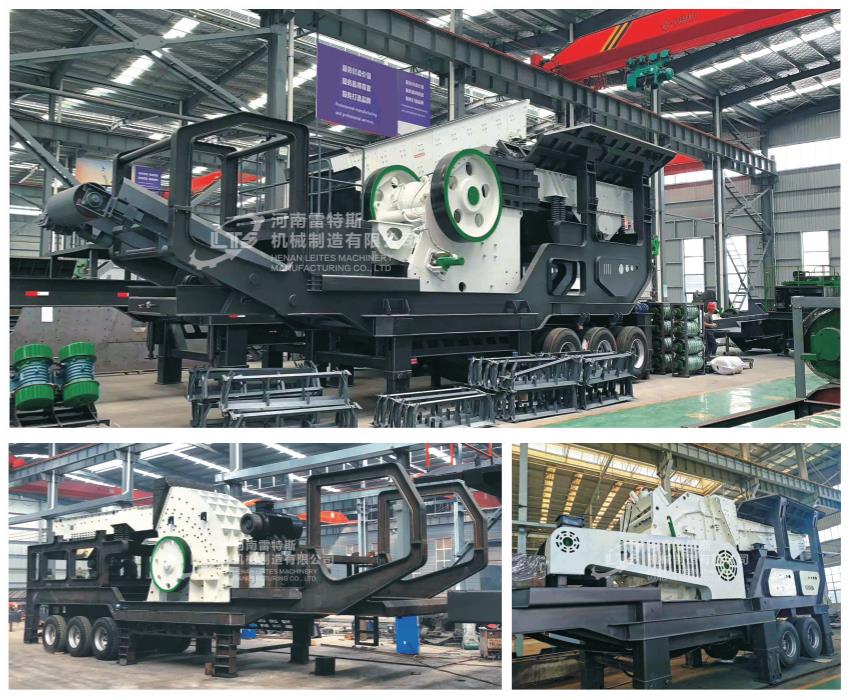
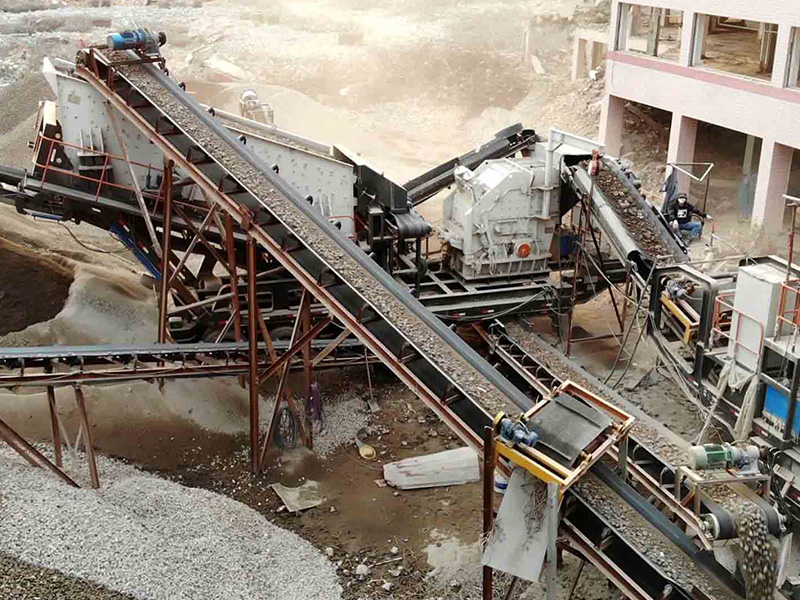
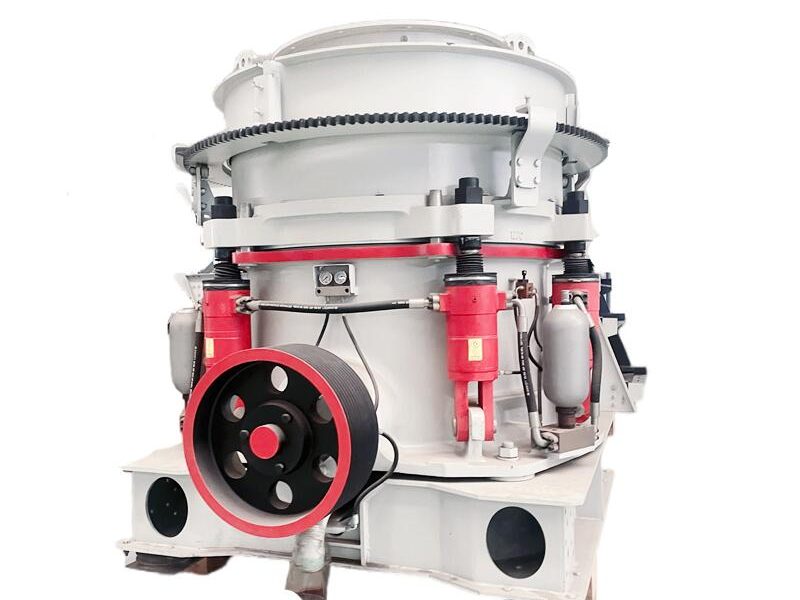



 +8615713843888
+8615713843888
 +8615713843888
+8615713843888